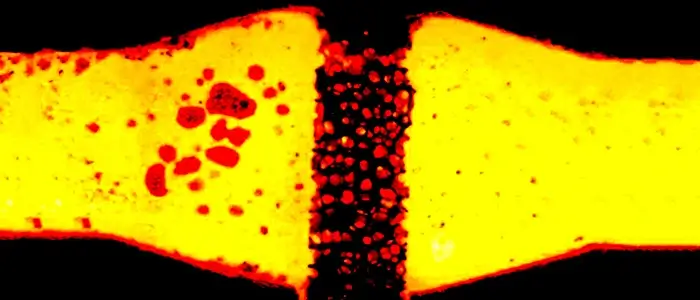Ceramic foam filters play a crucial role in reducing the rejection rate in the casting process by improving casting quality and minimizing the occurrence of defects. Here are several ways in which ceramic foam filters contribute to reducing the rejection rate:
Impurity Removal:
Ceramic foam filters are highly effective at removing impurities and non-metallic inclusions from the molten metal. These impurities, such as oxides, slag, and refractory particles, can have detrimental effects on casting quality. If not properly filtered, they can cause defects like porosity, inclusions, and dimensional inaccuracies, leading to rejected castings. By acting as a barrier and capturing these impurities, ceramic foam filters ensure cleaner and purer molten metal, reducing the likelihood of defects and subsequent rejection.

Filtration Efficiency:
Ceramic foam filters have a porous structure with interconnected cells and channels of controlled sizes. This structure allows for efficient filtration of the molten metal as it passes through the filter. The filters’ precise pore sizes are designed to trap and retain impurities while allowing the molten metal to flow smoothly. By effectively filtering out impurities, ceramic foam filters prevent their entry into the mold cavity, resulting in higher casting quality and reducing the rejection rate.
Turbulence Reduction:
Turbulence in the molten metal flow can lead to defects such as entrapped gases, oxide formation, and non-uniform filling. Ceramic foam filters help reduce turbulence by acting as flow conditioners within the gating system. The filters promote a more laminar and controlled flow pattern, minimizing the disturbance and turbulence in the molten metal. By reducing turbulence, ceramic foam filters minimize the formation of defects and ensure a more uniform and controlled filling of the mold cavity, thereby reducing the rejection rate.
Exclusion of Foreign Particles:
Ceramic foam filters act as a physical barrier against foreign particles, preventing their entry into the mold cavity. These particles can originate from various sources, including the refractory lining, ladles, or crucibles. Foreign particles can cause defects in castings, such as sand inclusions, metal pickup, or surface blemishes, leading to rejections. Ceramic foam filters help exclude these particles, ensuring a cleaner metal flow and reducing the likelihood of defects and subsequent rejection.
Temperature Control:
Ceramic foam filters assist in temperature control during the casting process. By regulating the flow rate and providing a controlled flow of molten metal, the filters help minimize thermal shocks and temperature differentials within the mold cavity. This controlled cooling and solidification process reduces the risk of casting defects like hot tears, cracks, or distortions, which can result in rejections. By promoting a more controlled temperature profile, ceramic foam filters contribute to improved casting integrity and reduce the rejection rate.
In summary, ceramic foam filters contribute to reducing the rejection rate in the casting process by effectively removing impurities, improving filtration efficiency, reducing turbulence, excluding foreign particles, and assisting in temperature control. By enhancing casting quality and minimizing the occurrence of defects, these filters help manufacturers produce castings with higher acceptance rates, reducing the need for rework or rejection. The use of ceramic foam filters as part of the gating system is instrumental in achieving higher casting yield and optimizing the overall casting process.


